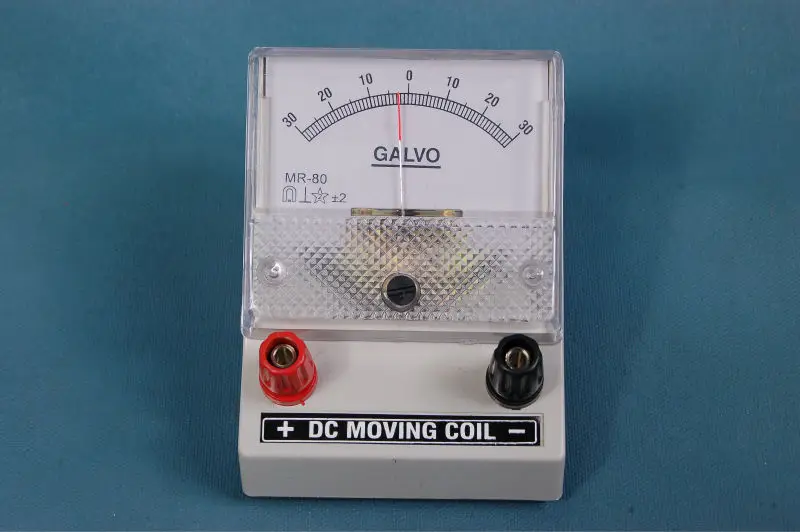Sodium, being a part of the group 1 elements, is one of the most reactive elements in the entire periodic table. Sodium is so reactive because it only has one valence electron, which it can lose very easily and become a cation. In this experiment, the man fills the test tube with regular water, then he adds a few drops of phenolphthalein (the creator of the video spelled this wrong) to act as a pH-indicator. Something to know about phenolphthalein, is that in a base solution, its color changes to pink. The man then shakes the test tube so that the two liquids will mix. He then adds some gasoline into the solution of water and phenolphthalein, naturally the gasoline rises and settles above the water-phenolphthalein solution. A piece of Sodium is added to the gasoline and water solution.
While in the tube, the sodium sinks because the density of the piece of sodium is more than the gasoline, but then appears to jump because it forms hydrogen bubbles with the water. This experiment is really interesting, the sodium “jumps” in the gasoline while the water and phenolphthalein turns into a pink-purple color. I think this experiment is a great example of showing how different elements react with on another. Its amazing to see how one small piece of sodium creates an intriguing reaction with common things such as water and gasoline.









